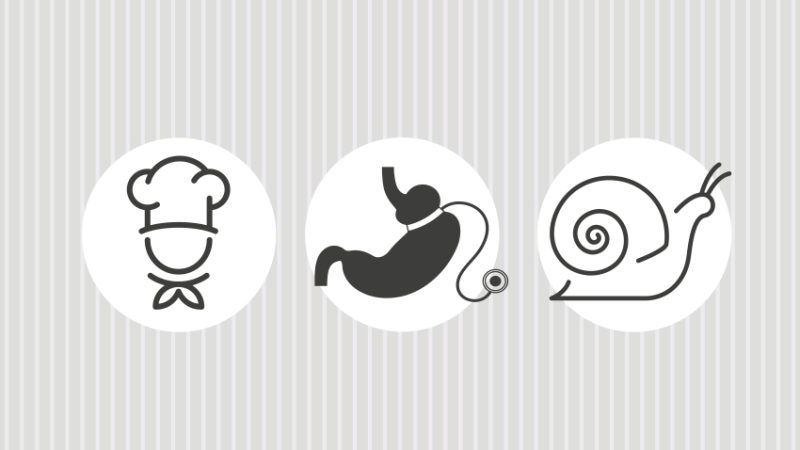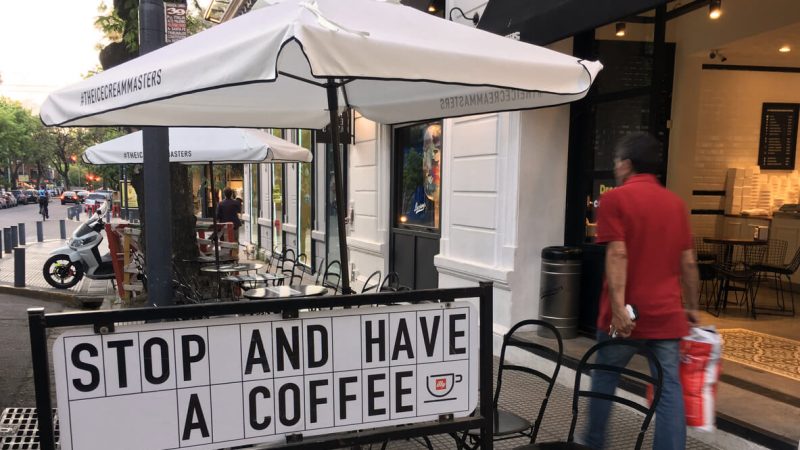10 of the Best Creative Writing Resources for Teaching Plot and Setting in KS3 English
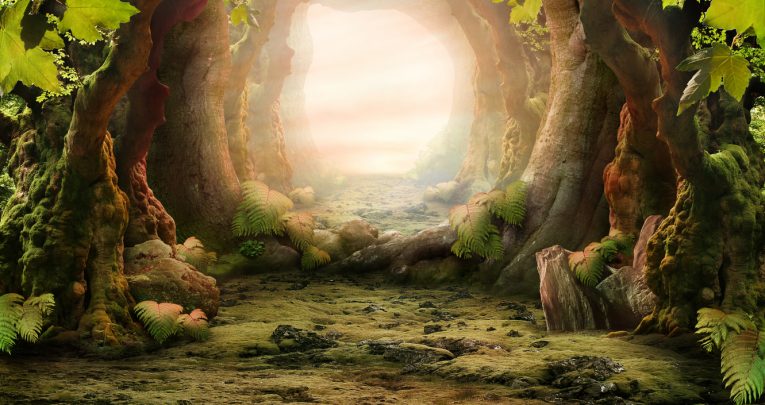
Whether students want to create an epic adventure in a fiery inferno or tense tale in a sleepy town, make sure they create a compelling plot and a fully realised setting with these resources…

- by Teachwire
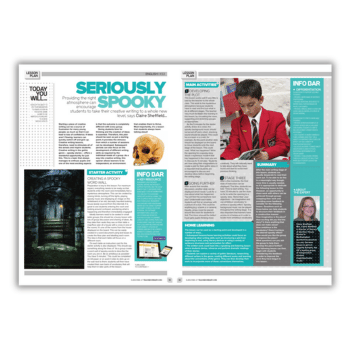
Storyboard templates
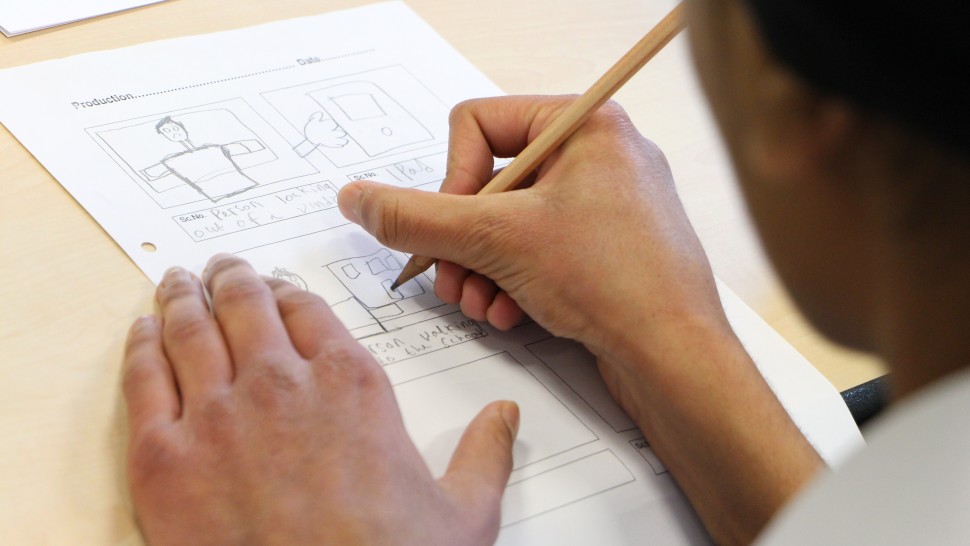
Whether it’s short stories, comic strips or filmmaking, every tale needs the right structure to be told well.
Having a beginning, middle and end may be a staple of storytelling, but alone it’s not enough, and there are many ways to tell a story.
But however you choose to write yours, one thing is constant – good stories need good structure. These storyboard template resources and activities will help your students develop the skills required to add that foundation to their creative writing.
Check out these resources here.
Year 7 English worksheets
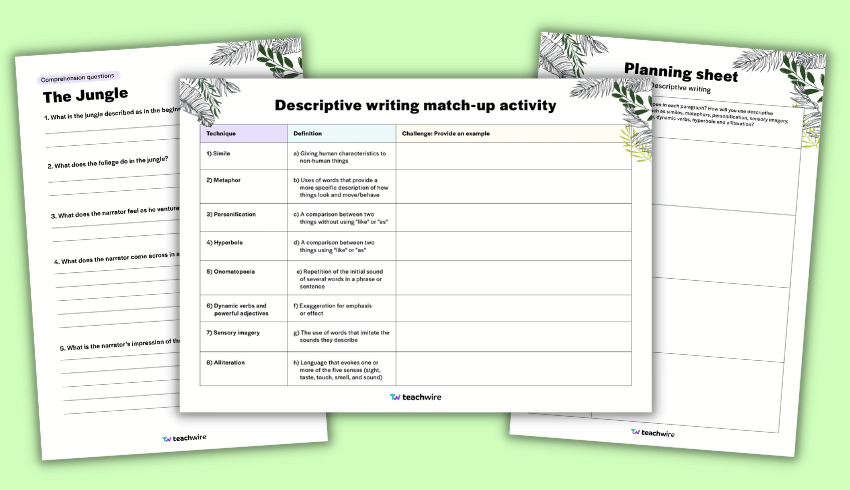
Get to grips with descriptive writing across two lessons with these free Year 7 English worksheets which focus on a piece of text all about the jungle.
Create a spooky atmosphere
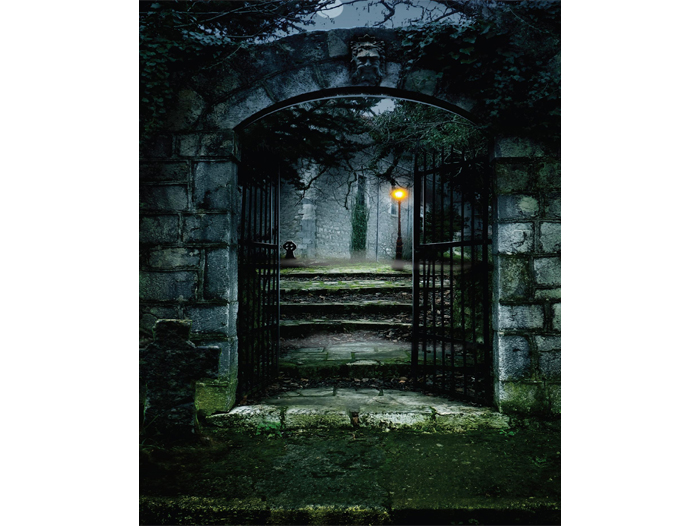
Creative writing lessons need to stimulate all of the senses and inspire students. Creative writing in the Gothic genre – spooky stories – offers a wonderful opportunity for this. This is a topic that always manages to enthuse pupils and one of the most exciting aspects is that the outcome is completely different with every group.
Giving students time for thinking and the creation of ideas is essential. This plan provides the stimulus from which a number of sessions can be developed. Subsequent periods can also focus on the development of different writing skills as required by the individual needs of a group.
Use The Hobbit to write about tunnels
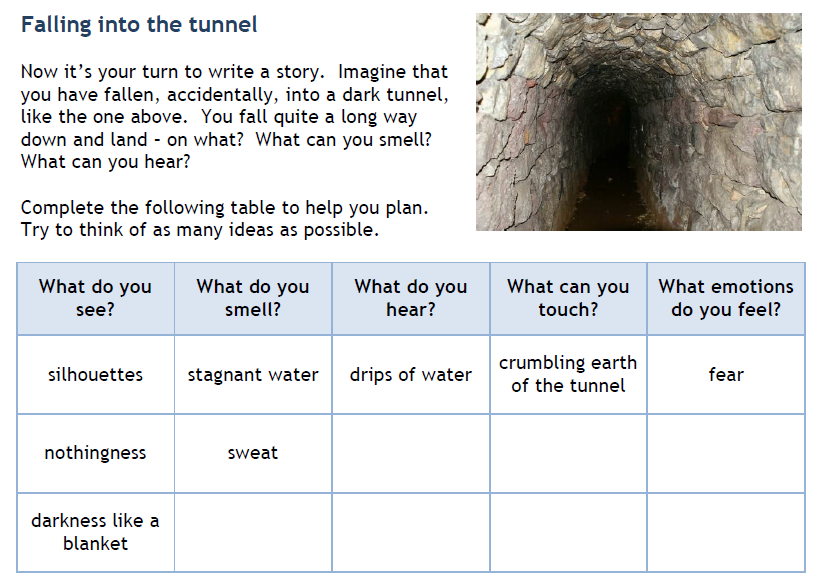
In this ‘build your own adventure story’ resource students discover new lands, and overcome monsters and other obstacles.
It begins with a passage from JRR Tolkien’s The Hobbit, where Bilbo finds himself in a dark cave and meets Gollum for the first time. There are 10 pointers to look at to explore the passage, before student’s begin to write their own story.
It starts in a tunnel, which of course needs describing, and the other side of that they emerge in a fantasy land, which, guess what, also needs describing. They’ll also need to create maps, monsters and much more.
The Place as Character
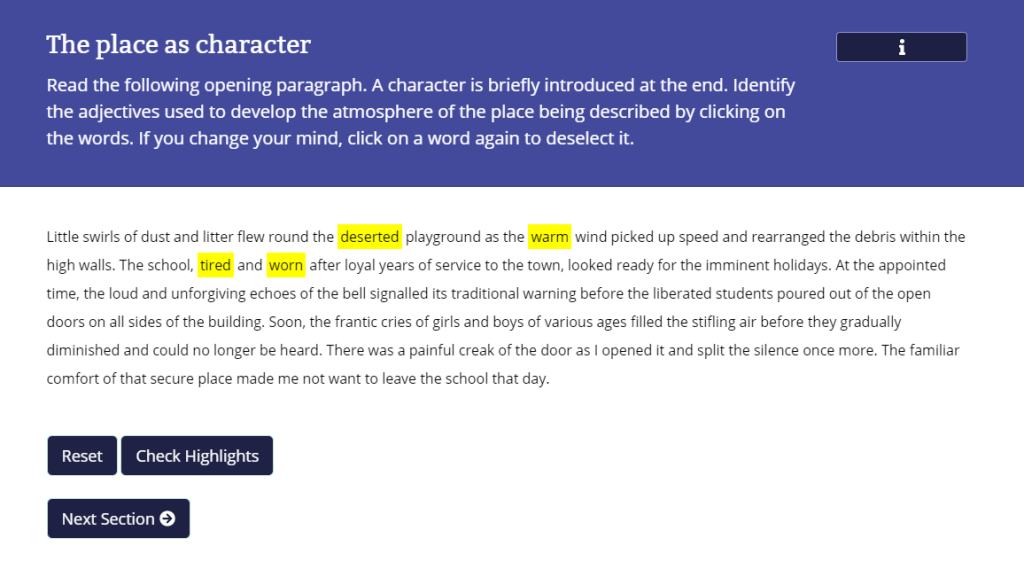
This interactive resource from Eduqas offers an opening paragraph example of a story that creates a real sense of setting. Students should read through and identify the adjectives used to develop the atmosphere of the place being described.
The second section is where they give it a go themselves, writing out a descriptive passage about a place. But there are lists of adjectives they can click on to insert them into the story should they get stuck for inspiration.
Inspiring images and sticky notes
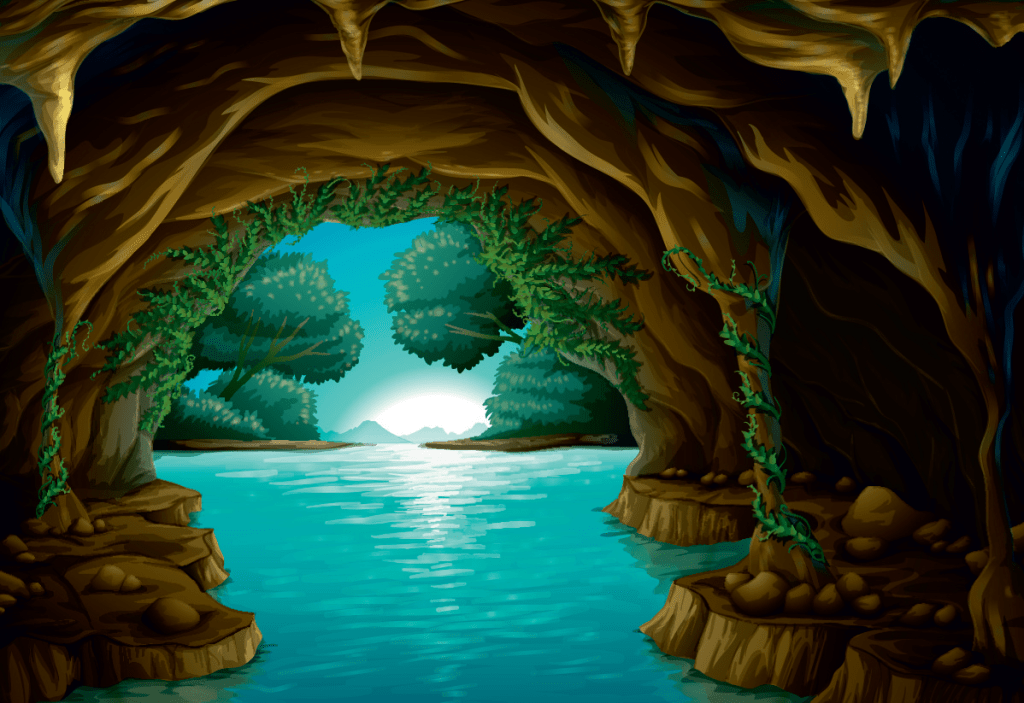
Inspiring images and endless sticky notes might be all you need to get learners producing some truly creative writing. And this lesson is one where students of all abilities (including in mixed ability groups) from Y7 to Y9 are taught engaging creative writing.
Getting students moving around the classroom (especially in classes where behaviour can be challenging) can be daunting but the speed of the task keeps students focused and can result in some fantastic work being produced without too much teacher talk or instruction needed.
This is very much a facilitation of learning and creating for the teacher. You do need a number of resources (and one way to differentiate this lesson thoroughly is to decide exactly which student will have each picture), but for all the coloured sticky notes required, it is well worth the effort.
Download this free lesson plan here.
Playing with structure
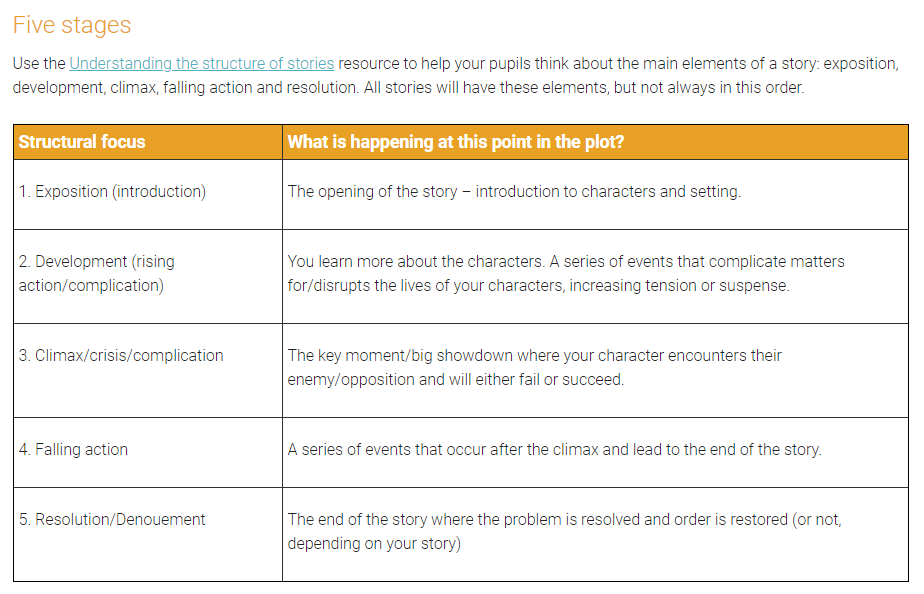
This excellent resource on Structure features sections about narrative structures, structure of stories, how you can play with structure, opening and closing a story and how narrative point of view can affect the how you structure the plot.
Model texts for settings
If you’re after example texts for different settings then head to Literary Wagoll where you’ll find descriptions of an alien world, a fairground, a tree house, a thunderstorm and various others.
Check out all these and more here.
Plot elements
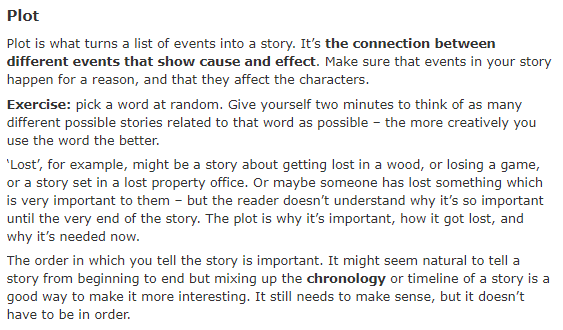
This short and sweet resource is a handy reminder of what the ‘plot’ actually is (and how it can differ from how you choose to tell your story), and it also includes a fun little exercise based on quickly coming up with a plot based on a random word.
Plot advice

This post features an excerpt from the book What’s the Story? Building Blocks for Fiction Writing, and builds on the idea of what a plot is.
It also includes a short list of traditional plot types, and tips for building a compelling plot, like using momentum, creating stakes and giving the characters goals and motives.
Browse more English games KS3 ideas and more creative writing prompts.





